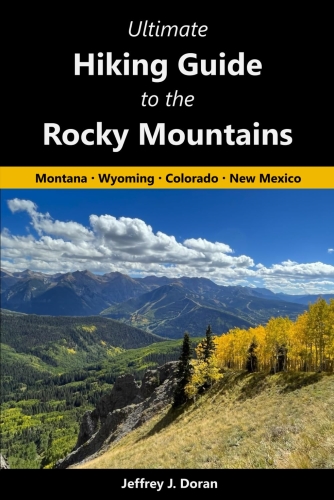Yesterday, the Department of the Interior announced the most significant modernization of national park access in decades, delivering new digital America the Beautiful passes, updated annual pass artwork, expanded motorcycle access and a new resident-focused fee structure that puts American families first. These improvements, launching on Jan.1, 2026, reflect President Donald J. Trump’s commitment to making national parks more accessible, more affordable and more efficient for the American people.
Under the new system, the America the Beautiful passes – including Annual, Military, Senior, 4th Grade and Access – will be available in a fully digital format through Recreation.gov. Visitors will be able to purchase and use their passes instantly, store them on mobile devices and link them to physical cards for added convenience. Digital validation tools and updated training for field staff will ensure faster entry and a smoother visitor experience across the National Park System.
“President Trump’s leadership always puts American families first,” said Secretary of the Interior Doug Burgum. “These policies ensure that U.S. taxpayers, who already support the National Park System, continue to enjoy affordable access, while international visitors contribute their fair share to maintaining and improving our parks for future generations.”
The Department also unveiled new, modernized graphics for all annual passes, featuring bold, patriotic designs that honor America’s landscapes, heritage and outdoor legacy. These refreshed visuals will appear on both digital and physical passes.
As part of the Administration’s commitment to enhancing access for American residents, the Department is also implementing America-first entry fee policies. U.S. residents will continue to enjoy affordable pricing, while nonresidents will pay a higher rate to help support the care and maintenance of America’s parks.
Beginning Jan. 1, 2026, the Annual Pass will cost $80 for U.S. residents and $250 for nonresidents, ensuring that American taxpayers who already support the National Park System receive the greatest benefit. Nonresidents without an annual pass will pay a $100 per person fee to enter 11 of the most visited national parks, in addition to the standard entrance fee.
The Department also highlighted resident-only patriotic fee-free days for 2026:
* President’s Day (February 16, 2026)
* Memorial Day (May 25, 2026)
* Flag Day/President Trump’s birthday (June 14, 2026)
* Independence Day weekend (July 3–5, 2026)
* 110th Birthday of the National Park Service (August 25, 2026)
* Constitution Day (Sept. 17, 2026)
* Theodore Roosevelt’s birthday (Oct. 27, 2026)
* Veteran’s Day (November 11, 2026)
In addition, the National Park Service is expanding affordability and access for motorcycle riders. All America the Beautiful passes will now cover two motorcycles per pass, making national park adventures more accessible for riders and families who travel on two wheels.
Revenue generated from new fee policies will be invested directly back into America’s national parks, supporting upgrades to visitor facilities, essential maintenance, and improved services nationwide.
For more information on digital passes, pricing updates, and how to prepare for the 2026 changes, visit
https://www.nps.gov/planyourvisit/passes.htm
*******************************************************************************
From Montana to New Mexico, the American Rockies stretch for more than a thousand miles. Within this spectacular mountain range are thousands of miles of hiking trails.
With such an overwhelming number of options, how will you find and choose the most scenic and rewarding hikes?
Ultimate Hiking Guide to the Rocky Mountains takes all the guesswork out by focusing on some of the most amazing hikes across this range, and provides you with a handpicked list of options that will allow you to make the most of your trips in the Rockies:

